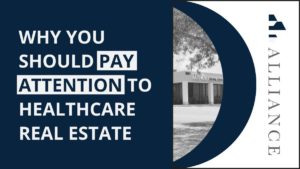Nuance not Pitchforks
When prices rise, people tend to get upset. That gets magnified in these hard times, especially for essential items like hand sanitizer or personal protective equipment.
A normal reaction is, “the cost of making these items didn’t increase, so it must be price gouging.” This kind of thinking gets lots of attention, but it really isn’t a comprehensive way to think about pricing.
We need more nuance and fewer pitchforks, because simple “bad guy” narratives are usually missing something important. Even in normal times, there is a ton that businesses need to take into consideration when they set their prices. And those businesses are usually run by decent people just doing their best in a difficult situation, like everybody else.
Where supply meets demand, that’s where the magic of efficient business happens. The pandemic has sharply increased demand for some items, while also disrupting supply chains and daily operations.
From a free market perspective, price rises give the signal to produce more of something, or to find alternatives. Very sharp price increases help ensure that shortages won’t last long. And when prices are high these products tend to drive more limited supplies to where they’re most valued.
It would be a mistake to think that individuals can properly decide who should get what stuff at what price. It’s too complex of a problem, and that’s the beauty of our market economy. The market harnesses the collective intelligence of everybody. It drives changes and reconfigurations much better and faster than anything else humans have come up with.
Anybody who has ever invested in residential real estate, or lived in a city with rent control, can relate to the problem. By trying to make things more “fair,” regulators typically create new, worse structural failings.
Bad behavior and companies exerting monopoly power illegally does happen. But these behaviors are not the story behind the vast majority of price increases. Nearly always it’s the free market at work- forever reacting to changing demands, evolving supply, and new innovations.
Before reaching for a pitchfork, I hope we can all step back and consider the nuance.



